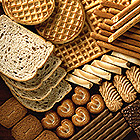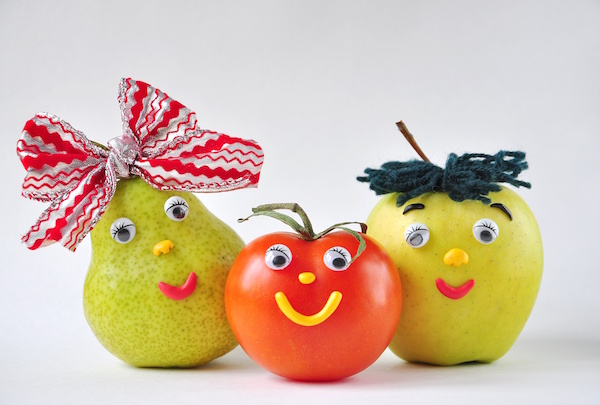
FRIDAY, Aug. 2 (HealthDay News) — That loaf of bread or can of soup may be labeled “gluten-free,” but is it really? To help the nearly 3 million Americans who have celiac disease and must avoid gluten, the U.S. Food and Drug Administration on Friday said that it is issuing new rules for marketing such food products.
“Adherence to a gluten-free diet is the key to treating celiac disease, which can be very disruptive to everyday life,” FDA commissioner Dr. Margaret Hamburg said in an FDA statement.
“The FDA’s new ‘gluten-free’ definition will help people with this condition make food choices with confidence and allow them to better manage their health,” she said.
Gluten refers to proteins occurring naturally in wheat, rye, barley and cross-bred hybrids of these grains. It is widely used to make baked goods light and flaky. But for people with celiac disease, gluten causes the production of antibodies, which attack and damage the lining of the small intestine. This limits their ability to absorb nutrients and puts them at risk of serious health problems, including osteoporosis, infertility and intestinal cancers.
As the notion of eating “gluten-free” spread among mainstream consumers, food manufacturers began using the term loosely as a marketing technique. But only people with celiac disease or gluten sensitivity benefit from a diet devoid of gluten.
The FDA-approved definition “is a tool that has been desperately needed,” said Andrea Levario, executive director of the American Celiac Disease Alliance.
Celiac disease, an autoimmune disorder, has no cure, and the only way to manage it is by not eating gluten, Levario said. Without a legal definition of “gluten-free,” consumers can’t be sure if their body will tolerate a food with that label, she added.
The new rule “keeps food safe for this population, gives them the tools they need to manage their health, and obviously has long-term benefits for them,” Levario noted.
By this time next year, a food labeled “gluten-free” must meet all of the requirements of the definition. For example, the food must have less than 20 parts per million of gluten.
“This level is consistent with those set by other countries and international bodies that set food safety standards,” the FDA said.
In addition, foods that claim “no gluten,” “free of gluten” and “without gluten” must meet the definition for “gluten-free,” or the FDA will consider them noncompliant with the rule.
Many foods now labeled “gluten-free” may already meet the new standard, the agency pointed out.
“We encourage the food industry to come into compliance with the new definition as soon as possible and help us make it as easy as possible for people with celiac disease to identify foods that meet the federal definition of ‘gluten-free,'” Michael Taylor, FDA’s deputy commissioner for foods and veterinary medicine, said in a statement.
Buying “gluten-free” has become something of a fad. But for people who don’t have celiac disease, gluten-free products can actually be harmful if consumed exclusively, one expert warns.
“People with celiac disease must adhere to a gluten-free diet, but people who are not afflicted with this condition put themselves unnecessarily at risk for nutrient deficiencies by banishing all gluten from their diet,” said Dana Angelo White, a nutritionist and clinical assistant professor of athletic training and sports medicine at Quinnipiac University in Hamden, Conn.
Many people without gastrointestinal issues mistakenly believe that gluten-free foods are healthier or helpful for weight loss, White said.
In actuality, “many gluten-free products, including a variety of baked goods, are higher in calories than their [non-gluten-free] counterparts, which could lead to weight gain,” White added. “That said, there are many healthy foods that are naturally gluten-free.”
More information
For more information on celiac disease, visit the American Gastroenterological Association.
Copyright © 2025 HealthDay. All rights reserved.

